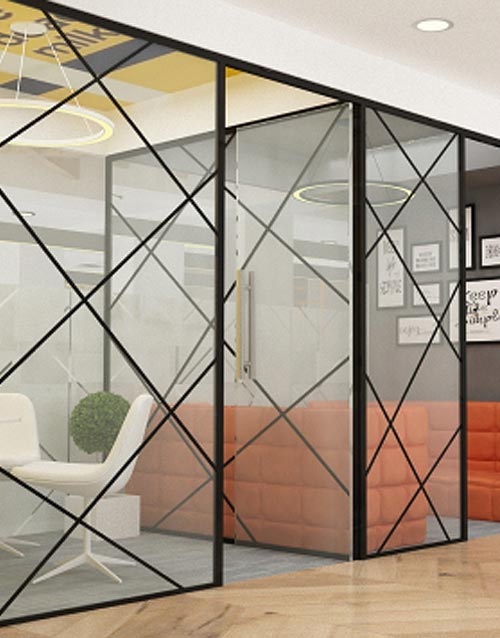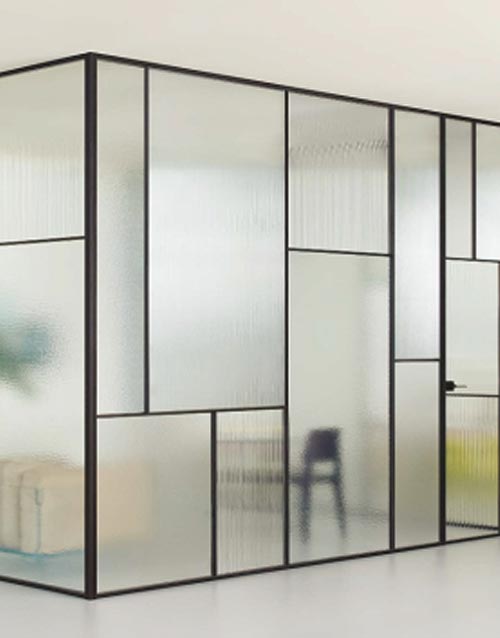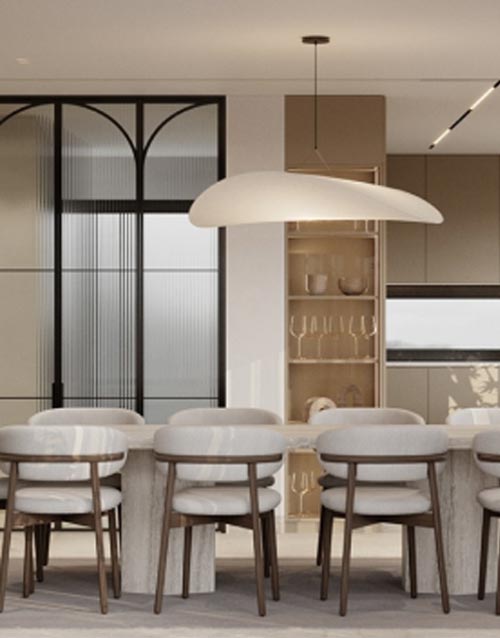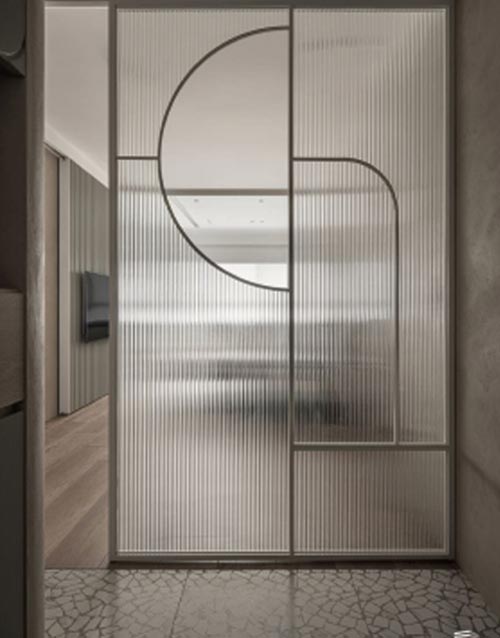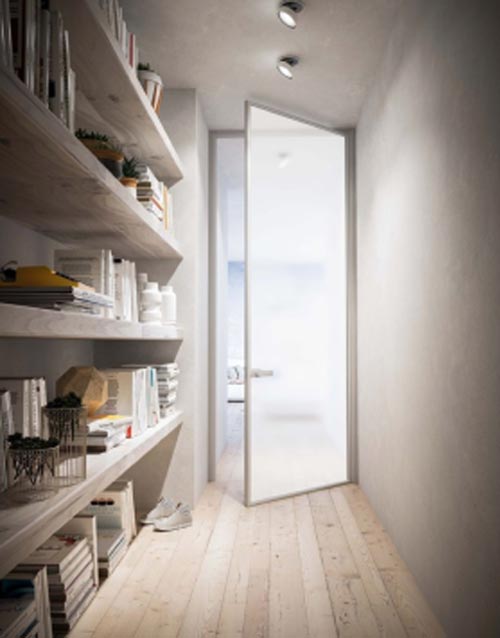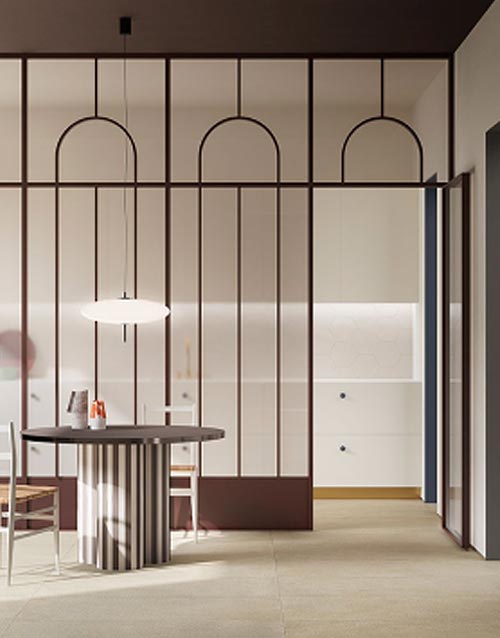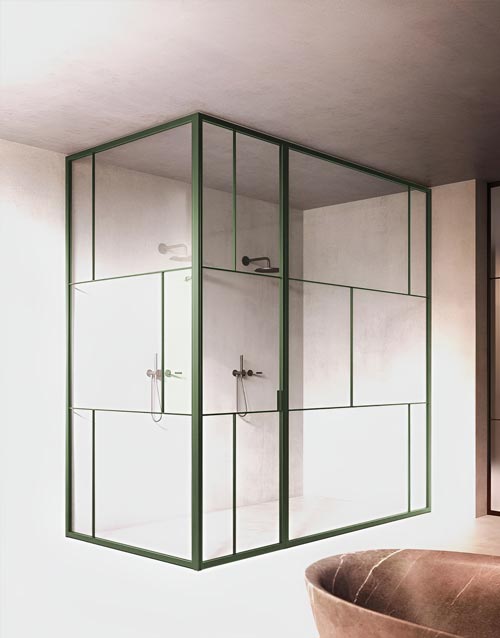Office Partitions
Office partitions are essential elements of modern workplace design, offering a balance between privacy and collaboration within a shared workspace. These partitions, also known as cubicles, dividers, or screens, divide larger office areas into smaller sections, providing employees with their own designated workspace while still fostering an open and interconnected environment.

Where Privacy Meets Professionalism.

The design and material of office partitions vary greatly depending on the specific needs and aesthetic preferences of the organization. Traditional office partitions are often made of materials like aluminium and they typically consist of panels that can be configured and rearranged to suit the layout of the office partition. These partitions may include built-in features such as shelves, cabinets, or whiteboards to enhance functionality.

Fix Partition System
Fixed partitions play a crucial role in optimizing office layouts by providing structure, privacy, and customization options. By carefully balancing design considerations, functionality, and cost-effectiveness, businesses can create versatile and engaging workspaces that meet the diverse needs of their employees and enhance overall productivity.
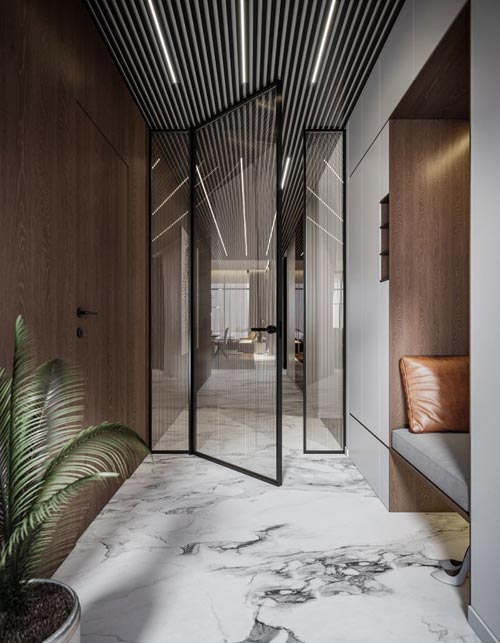
Soft Close Swing & Slide Partitions

soft close swing and slide partitions represent a versatile and sophisticated solution for office partition requirements. Combining smooth operation, elegant design, and sustainable principles, these systems enhance the functionality and aesthetics of modern workspaces, fostering productivity, collaboration, and well-being among occupants.
Enhancing Workspace Efficiency and Aesthetics with Modern Aluminium Office Partition
In the ever-evolving landscape of contemporary workplaces, the importance of creating a conducive and functional environment for employees cannot be overstated. Office design plays a pivotal role in influencing the productivity, collaboration, and overall well-being of workers. Among the various elements that contribute to a well-designed office space, aluminium office partitions stand out as versatile solutions that blend functionality with aesthetics.
Functionality and Flexibility:
Aluminium office partition & glass partition serve as effective tools for space management, allowing organizations to optimize their workspace according to specific needs. Whether it’s dividing an open floor plan into individual workstations, creating meeting areas, or establishing private offices, modern office spaces offer a high degree of flexibility. This adaptability ensures that the workspace can be easily reconfigured to accommodate changing requirements without the need for extensive renovations.
Collaboration and Communication:
One of the key benefits of office spaces is their ability to facilitate collaboration among team members. Open office layouts have become popular for fostering a sense of community, but they may sometimes lack the privacy required for focused work. Office spaces strike a balance by providing both open collaborative spaces and enclosed areas for concentrated tasks. Additionally, the use of glass partitions can enhance visibility and maintain a sense of openness while still creating distinct zones.
Aesthetics and Brand Image:
Beyond functionality, office spaces contribute significantly to the visual appeal of a workspace. They offer an opportunity to reflect the company’s brand identity through customization options such as color, material, and design. By aligning the partitions with the overall aesthetic of the office, organizations can create a cohesive and professional image that leaves a lasting impression on employees, clients, and visitors alike.
Well-being and Acoustics:
The impact of office design on employee well-being has gained increasing attention in recent years. Office spaces play a crucial role in addressing acoustic concerns, providing a level of sound isolation that promotes concentration and minimizes distractions. This is especially important in open office settings, where noise levels can impact productivity. High-quality partitions with sound-absorbing materials contribute to a more comfortable and focused work environment.
Environmental Considerations:
The choice of office spaces also intersects with sustainability goals. Opting for eco-friendly materials and designs can contribute to a greener workspace. Additionally, modular partitions that can be easily disassembled and reused support a more sustainable approach to office design by reducing waste and promoting longevity.
In conclusion, office spaces have evolved from mere space dividers to multifunctional elements that significantly impact the dynamics of modern workplaces. Their role in enhancing functionality, promoting collaboration, reflecting brand identity, addressing acoustic concerns, and contributing to sustainability makes them indispensable components of contemporary office design. As organizations strive to create workspaces that foster productivity and employee well-being, the thoughtful integration of office spaces emerges as a key strategy for achieving these goals for know more.



